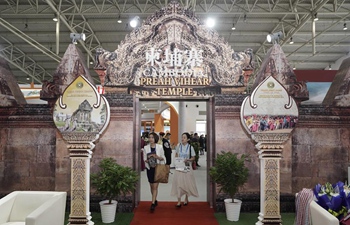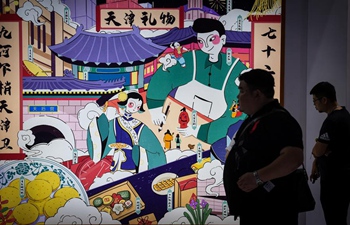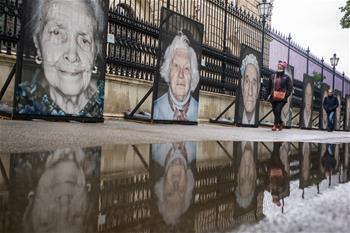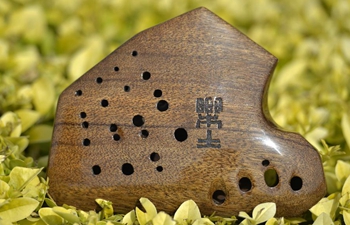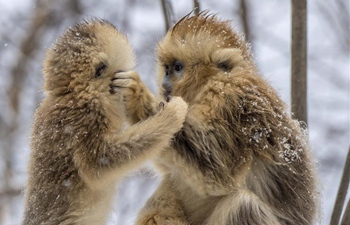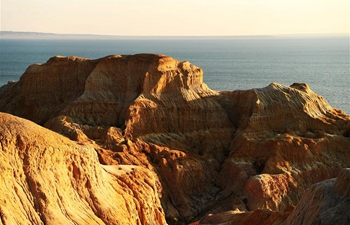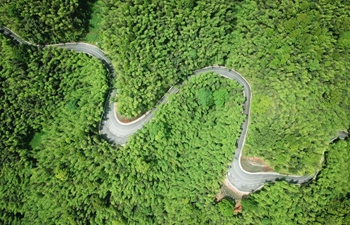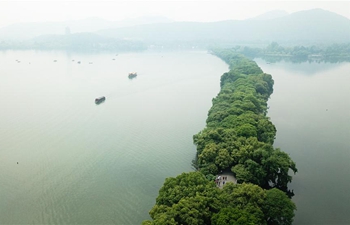
A ewe licks a lamb on the riverside of Nam Co, southwest China's Tibet Autonomous Region, Feb. 25, 2016. A sheep castration ceremony, which has been observed for more than 1,000 years by the herdsmen living in the northern part of Tibet, was held before summer on the riverside of Nam Co, about 4,700 meters above sea level. In order to breed sheep of the best quality, despite a few robust male sheep, most of the male sheep of more than 5 months old here will be castrated and bred as mutton sheep. Through 60 years of hard work, the people in Tibet have seen agriculture and animal husbandry become increasingly modernized. The added value of agriculture, forestry, animal husbandry, fisheries and related service industries reached 13.41 billion yuan (about 1.94 billion U.S. dollars) in 2018 from 128 million yuan in 1959. Since 2004, China has invested more than 3 billion yuan into Tibet. That was directed at more than 450 projects in 10 categories related to agriculture and animal husbandry unique to the region. Last year, 180,000 people in Tibet were lifted out of poverty. The regional government vows to lift the remaining 150,000 people out of poverty and eradicate absolute poverty this year. (Xinhua/Chogo)




